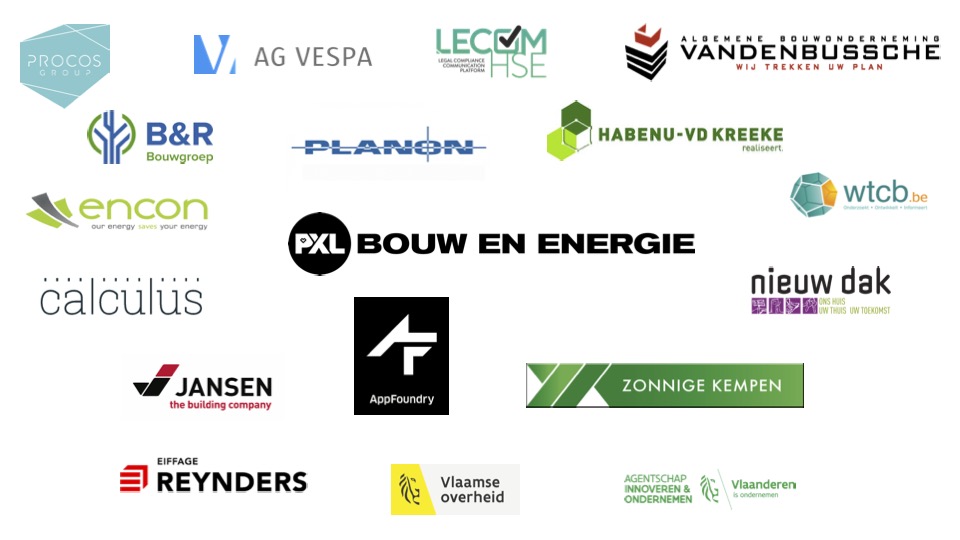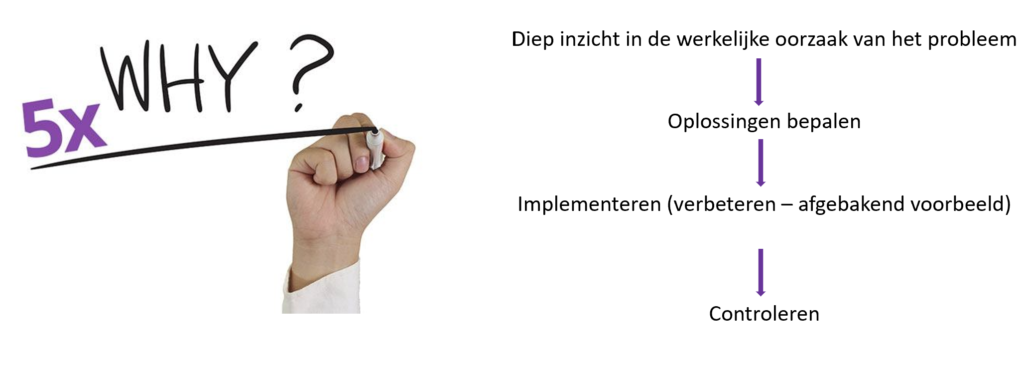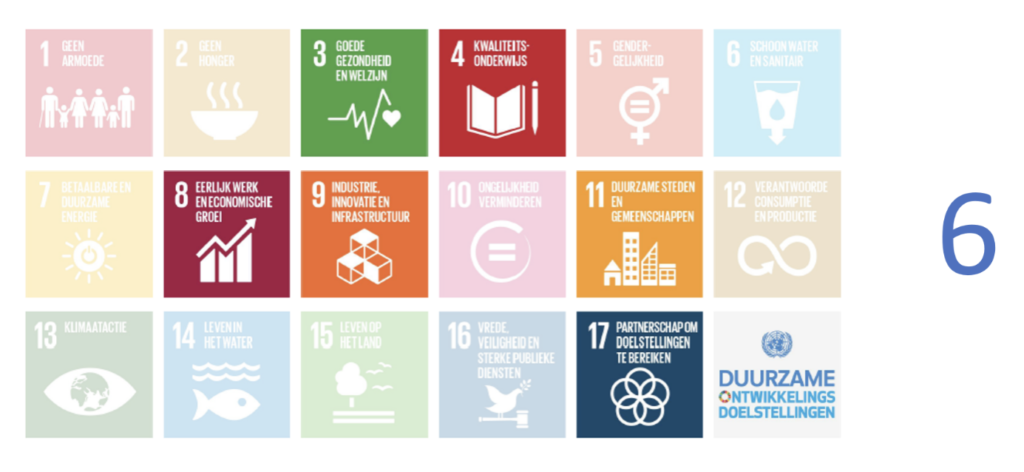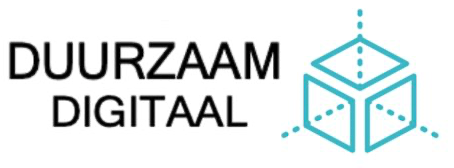VLAIO – TETRA
In practice-based research, the question is generated by society/industry (“practice”) and leads to a solution that is directly applicable in this practice.
Tetra means technology transfer. These Tetra projects are supported by Vlaio, our Flemish Agency for Innovation. TETRA projects aim to translate recently available knowledge into concrete, useful information so that the target group can innovate more quickly and efficiently.

TETRA = Technology Transfer
Conditions in a nutshell
- Focus on innovation
- Practical cases in direct collaboration with companies
- VLAIO subsidy of 92.5%.
- Co-financing by user group of 7.5%
- Collaboration university & companies
- Economic added value + collective reach
- Valorization
- Transfer to education
PARTICIPATING COMPANIES
Tetra projects are partially subsidized. There is a 7.5% co-financing paid by the companies participating in the research. For companies, there can be a dual focus. On the one hand, one can bring a practical case where researchers work together with employees from the organization. On the other hand, one can briefly follow up on the practical cases at the other companies so that this knowledge and innovation can also be used and integrated within the business processes.
Finally, a tetra project also provides opportunities for companies to work together on innovation. Which can make for even stronger co-creation

WALK YOUR TALK
Innovation requires creativity and walking new paths. Not only from the companies but also from us as a research team.
1 | AGILE ORGANIZING
An important aspect in digitalization is a constructive group process. If we look at the methods that are frequently used in the digital sector, we see the Agile method, Scrum technique emerge.
The entire team went through a learning process at the beginning of the study in order to successfully apply scrum. The theory is that we go through our processes in sprints of 5 to 6 weeks. In these sprints there are weekly scrum meetings with an important role for the scrum master and the product owner. The scrum master guides the weekly meeting and makes sure everyone can explain their tasks and thus know how to adjust the current state of affairs. There are three categories:
– TO DO
– DOING
– DONE
The scrum master and the product owner take the lead in the process. And ensure the distribution of responsibilities within the team. The product owner oversees the necessary tasks, knows how to formulate them clearly and how to divide them effectively into clearly defined sub-tasks.
Physically, we use the Kanban board. This board hangs prominently in the workspace and is accessible to everyone. It is a clear display of all the tasks that need to be done, by whom they are done and what status the task has.
This way of working has been a very important catalyst for our processes. It gave us an overview and a clear breakdown of tasks. Both physically and online, we were able to use this process until the end. An enormous added value.

2 | AUDIT
As a research group, you will enter into a 2-year collaboration with the participating companies. Know each other and know yourself.
In this step, we conducted organizational audits of the members of the guidance group.
- Picture of the current state
- Looking for growth opportunities
- Detecting needs and wants
- Focus: people-oriented digital transformation
- Report with positioning per theme
- Input for practical cases
THEMES
Communication | Digitization | Sustainability | People & Profit | Agility | Augmented Reality
OVERALL RESULT
The spider diagram below shows the scores of all the companies that participated in this research project.

The people and profit theme has the highest score. In this diagram, you can immediately see that there are still nice growth opportunities within the themes. In this study we focus mainly on digitization and communication.
When we zoom further into the scores of the different companies, we see a nice diversity here. This diversity can ensure that the companies have much to offer each other. They can complement each other, co-create and share knowledge.

3 | 5 WHY?

RESULTATS 5 WHY | TOP 3
- Building information is not complete
- Building information is not up to date
- Building information is not uniformly structured
4 | PRACTICE CASES at participating companies
All the information gathered made us start up in 6 practice cases;
Process image from prezi where the cases are visible.
5 | ADDED VALUE FOR THE FIELD (VALORIZATION)
Through the collaboration of researchers, students, companies and organization, a stronger co-creation is created. All parties
6 | INNOVATION IN PRESENTATION
Innovating in Presentation. Powerpoint is handy but has its limitations. For a broad and comprehensive project such as this, we searched for better options. We finally chose to present and make available the interim results through PREZI
7 | SERVICES

Research with impact. Applicable solutions, consultable info and professional support ensure that research results and case studies can be implemented.
All cases are worked out in such a way that the companies have a finished and usable whole. The PXL Building and Industry expertise cell can always be called upon for further work through its services. Other companies and organizations that want to work with this can also call on us.
Our goal: to teach the organization itself to apply the tools, knowledge and methods so that they can continue to work autonomously. There should be no dependency?
8 | SUSTAINABLE DEVELOPMENT GOALS
Working together on sustainability in the context of the SDGs. PXL was the first Flemish educational institution to receive the UN sustainability certificate “SDG Pioneer”. With our research, we also want to do our part here and help for a better climate.

